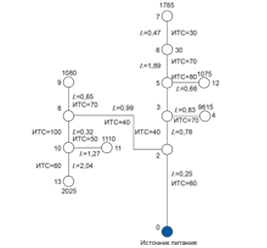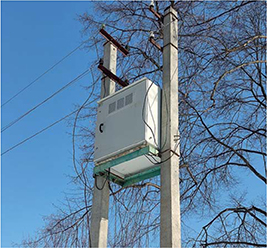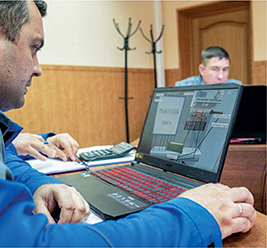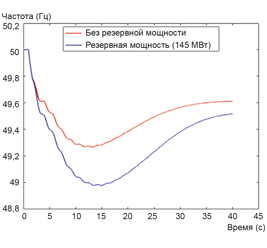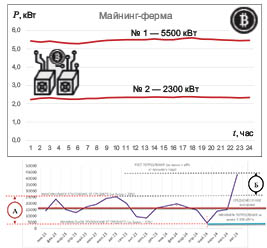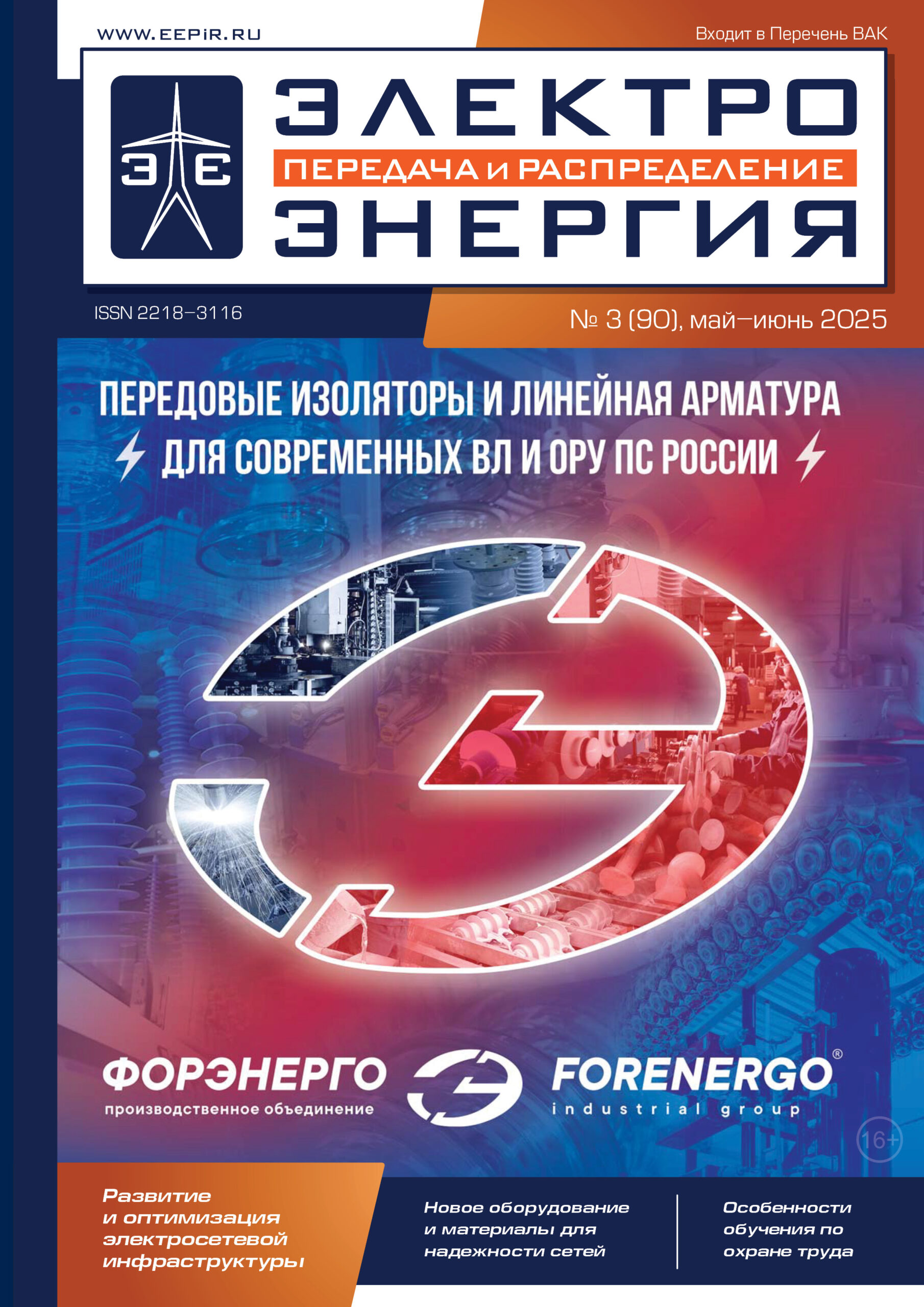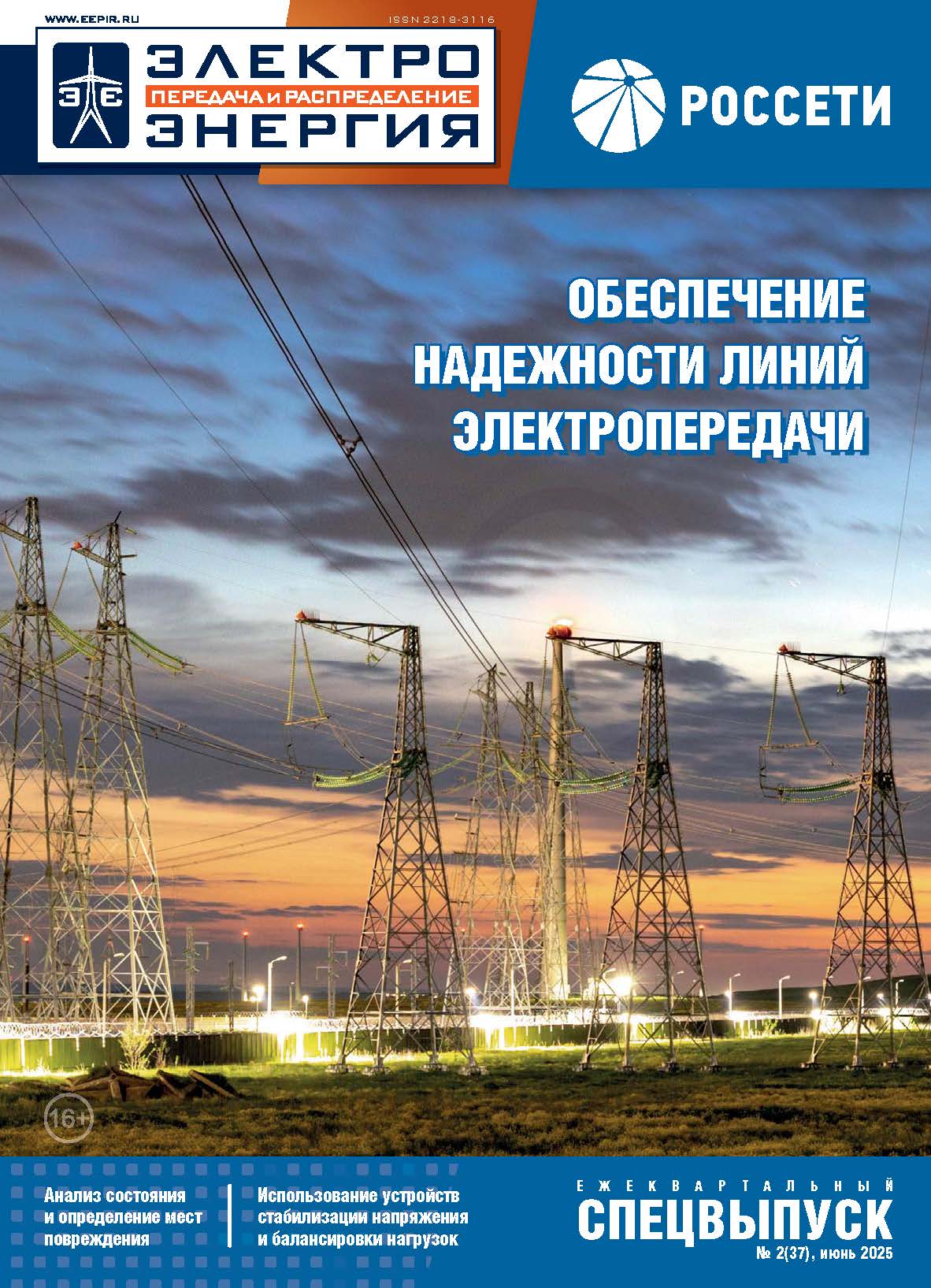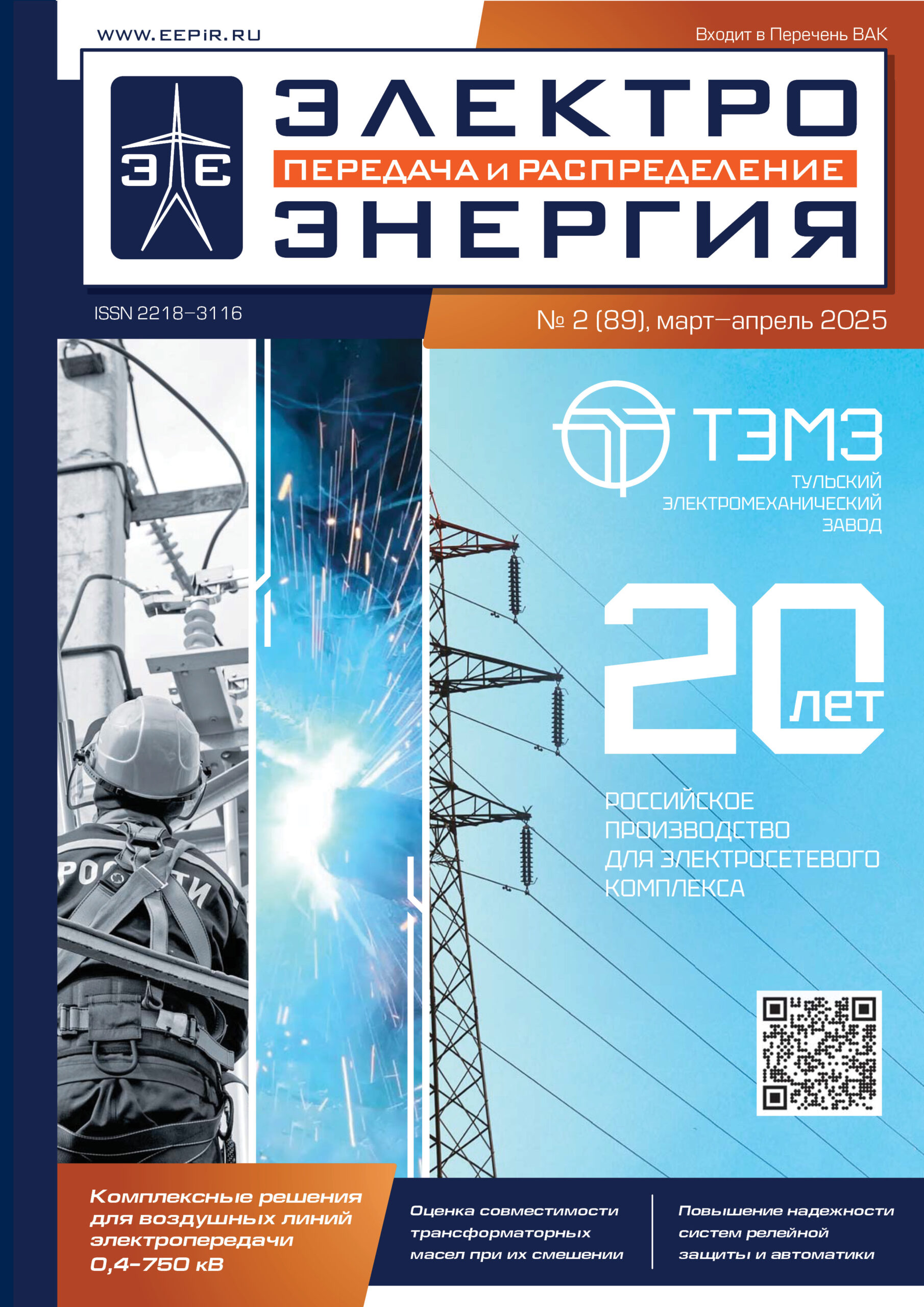
The MAIN JOURNAL for POWER GRID SPECIALISTS in RUSSIA
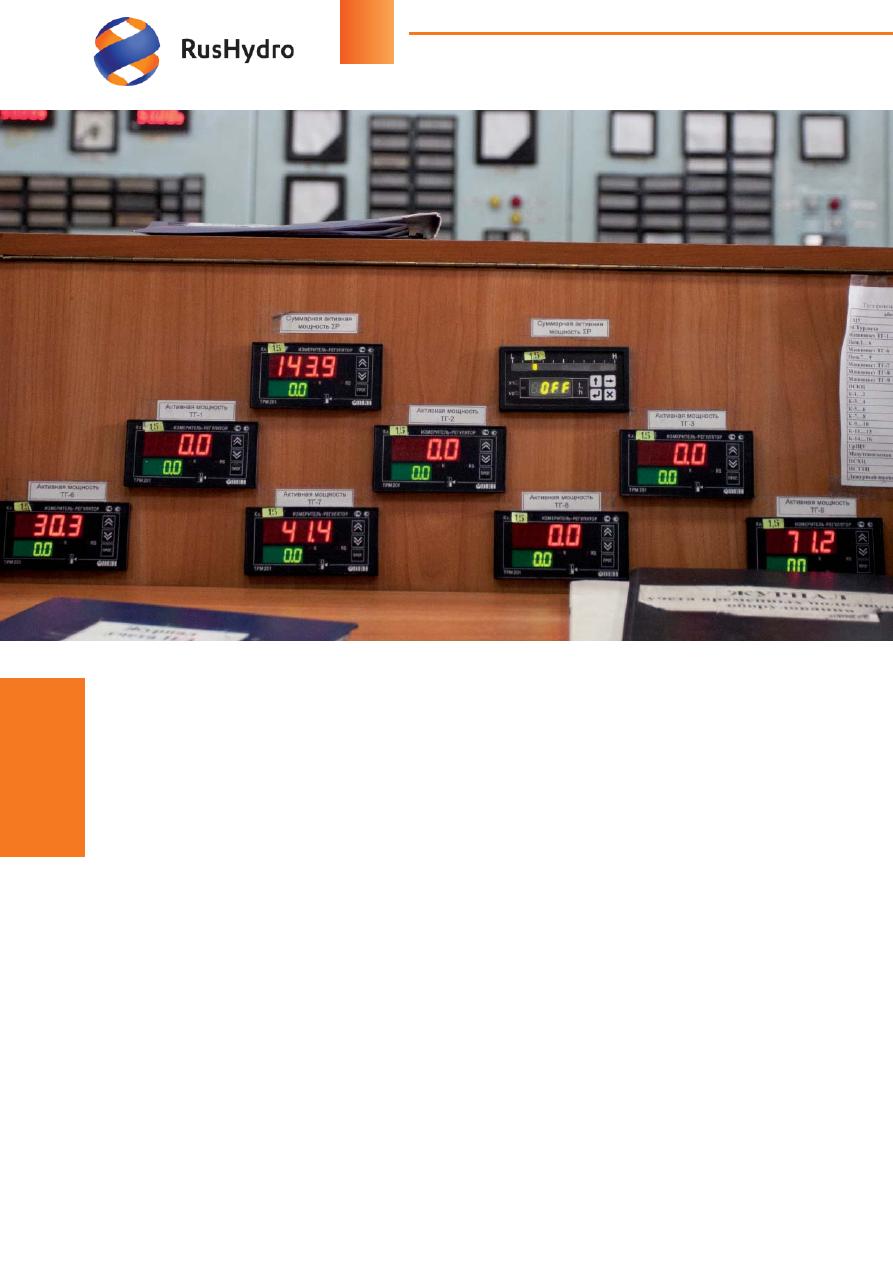
42
COMPLICATED SALE
Bills receivable is a heavy load
to bear for “RAO Energy System
of the East” af
fi
liates – in the
whole Far Eastern Federal District
consumers are short in electricity
and heat payments for about 28
bil lion rubles. The leader for the
debts is the Kamchatka Region
(more than 6.5 billion rubles).
Moreover, the main nonpayers
are intermediators – housing stock
managing companies. However,
reservation is needed, rates in this
region are traditionally the highest
in the Far East: it is about three
times higher than the national
average. And the human wellbeing
is obviously not on the same level.
Tangled situation is in the East
interconnected system site area.
As of June 1, 2016 households and
legal entities gross debt for hot wa-
ter and central heating of the Amur
River and the Jewish Autonomous
Regions, the Khabarovsk and the
Primorye Territories and the South
of the Republic of Sakha to JSC
“Far East Generating Company”
(included in the “RAO ES of the
East” corporate group) exceeded
7 billion rubles. 72% of this amount
(about 5.04 billion rubles) is house-
hold debt, most in the Khabarovsk
(3.4 billion rubles) and the Pri morye
Territories (1.5 billion rubles). Com-
panies and state-
fi
nanced organi-
The presidential decree of PJSC “RusHydro” additional capitalization for 50 billion
rubles, signed in November 2012, no doubt embarked on a new page in the Far
East energy sector. Due to this decree 4 the most essential to the region thermal
power plants got necessary
fi
nancing. One power station is ready, the other three
are under active construction. It is time to think – will power engineers have
fi
rmness if consumers of new capacity pay bills for the light and heat properly?
Unfortunately, the current state of affairs spawns a considerable doubt.
New Energy
of the Far East

43
zations (especially at the municipal
level) are also underpay.
Annually “RAO Energy System
of the East” makes a list of
persistent non-payers for electricity
and heat. This list includes about
50 companies and organizations
from 8 regions of the Far Eastern
Federal District. In total subsidiary
corporations have almost 100 000
contracts for electricity supply with
legal entities.
2015 year-end rating of the
worst Far East consumers of heat
and electric energy included com-
panies and organizations that are
in “RAO ES of the East” subsidia-
ries collective debt for more than
950 million rubles. These organi-
zations are not only late with pay-
ments, but also retain signi
fi
cant
amounts of debt for a long time.
Annually under the federal
action “Reliable Partner” power
engineers of each region make
2 lists: the best and the worst energy
consumers. Members of the Far
East defaulter list consistently are
on the federal rating of the worst
energy consumers and regions with
maximum debt burden on heating
and electric power enterprises.
Energy Security
Threat
Considering the fact that during
the current year “RAO Energy
System of the East” spends
11.26 billion rubles on repair and
sites preparation for autumn-winter
period, consumers’ debts, that are
almost three times greater, appear
a real energy security threat.
“We have to compensate for
short payments for the already
supplied heat energy by taking out
bank loans with high credit interest.
We ride these means at the repair
campaign, which is already under-
way. We can’t procrastinate it, be-
cause quality repairs are
fi
rst-order
conditions for the uninterrupted
supply of heat energy during our
long winter”, Deputy Gene ral Di-
rector for sales of JSC “FEGC”
Dmitry Bogdanovsky says. Moreo-
ver “RAO Energy System of the
East” corporate group requires
means both for modernization of
energy facilities and long-term
growth, which are also neces-
sary to obtain in the form of loans.
“RusHydro” also has to bear the
loan debt burden: pa rent corpora-
tion re
fi
nances “RAO Energy Sys-
tem of the East” debts or becomes
security in banks.
However, we can’t say that the
fault entirely rests with intermedia-
tors. Oftentimes consumers are of
the opinion that heat and electri-
city may not be paid. These peo-
ple don’t understand that energy is
the same product as bread or milk.
Moreover, those people are not
dropouts, who live in poverty. Most
often persistent non-payers are
experienced managers who think,
that it is irrational to pay for energy
resources. That’s why plasma TVs,
business class cars and even luxu-
ry animals can be attached. Some-
times news about debts meets with
non-payers trying to leave country
by means of “savings”.
Of
fi
cial “FEGC” site reports how
the company confronts with non-
payers. For example, in Khabarovsk
persistent non-payers were caught
in the parking: unlucky man had
“scratched up” 17 000 rubles debt
for heat energy, and had met with
bailies carring new monitor. This
product was immediately attached
for repayment.
“We are
fi
ghting with all avai-
lable means – from the conclusion
of agreements for the debts pay-
ment by installments and claim-
related work to the most unpopu-
lar. For natural persons it can be
attachment of properties or cars,
bank levy, ban on travel abroad,
hot water-off and even eviction
from non-privatized apartments;
for legal entities – imposition of lim-
itations, hot water-off and charging
a penalty clause” Dmitry Bogda-
novsky continues.
By All Legal
Means
Permanent war on non-payers
is a “circle pit” even at such a high
return of short-received facilities.
Therefore power engineers try
to affect in different ways. The
most effective method is consum-
ers transfer to direct payments to
resource providers. Sometimes
“RAO Energy System of the East”
subsidiary retail companies have
to buy guaran
teeing suppliers
due to persistent debts. So in July
2014, PJSC “FEEC” (included in
the “RAO ES of the East” corporate
group) acquired JSC “Energokom-
fort” AMUR”, the guaranteeing elec-
tricity supplier in Blagoveshchensk.
After that more than 75 thousand
inhabitants and 2.4 thousand legal
entities were transferred to direct
payments. “We are working for the
widespread transfer of customers
to direct payments, because the
principal debt forms by manage-
ment companies and homeowners
associations”, Sergey Tolstoguzov
points out.
Oftentimes under the auspices
of power engineers unconscien-
tious management companies are
at focused attention of investiga-
Growth of debit indebtedness to PJSC “RAO Energy System of the East”
(as of January 1 of relevant year)
0
2 000
4 000
6 000
8 000
10 000
12 000
14 000
16 000
2009
2010
2011
2012
2013
2014
2015
2016
For electricity
For heat energy
5 426
7 018
7 145
8 045
7 648
7 393
9 753
11 829
4 972
6 130
7 194
8 786
11 004
12 017
13 001
14 381
Year
Mln rubles

44
tion agencies. For instance, at one time “Kam-
chatskenergo” trade security service accompa-
nied more than 20 criminal proceedings against
the management companies executives who il-
legally used the consumers debts. “For us tighten
the legislation in the sphere of housing and public
utilities, enactment of the demand of necessity for
licensing of the management companies activi-
ties may assist with combating of unfair Housing
and Utility Infrastructure organizations. Inevitably,
it will be possible to reduce the problem of debts
growth”, “RAO Energy System of the East” repre-
sentatives tell.
Tit for tat
In the Far East the payment discipline is
so low that power engineers annually write off
hundreds of millions bad debts. It’s clear why
“RAO Energy System of the East” wants to
eliminate debts malpractice. Payments massively
stay in unfair intermediators pockets. In instance
for Kamchatka it became a household name:
a few years ago “Kamchatskenergo” was forced
to go out of service of the region, as collection of
payments did not exceed 35-40%. Obviously, with
such payment discipline any business economics
is out of the question.
For such “hot spots” power engineers of the Far
East has one recipe – transfer to direct payments
between suppliers and consumers. In another
area of the same Kamchatka where municipal
authorities lent more support to power engineers
it was able to transfer 89 multi-family housings to
direct payments. At one payments raising growth
from 35% to 84%. Power engineers incessantly
go into litigation with municipal service providers
and their owners, archive penalties, but new
fi
rms
focused on such business continue to register,
just like heads of the Lernaean Hydra: for every
“head” chopped off, it would regrow two “heads”.
However leverage on debtors is very small.
Essentially power engineers can only adjudicate
their rights, and in critical incidents employ power
cuts. “We don’t have any leverages, except claim
settlements and restrictions.” Ilya Lishansky,
“RAO ES of the East” Deputy Director General
for energy marketing says. “Oftentimes debt
is formed precisely by intermediators, just as
ultimate customers pay on time. That’s why we
call all prompt payers for transferring to direct
payments”.
Power engineers see the ultimate purposes of
their proposals in the sphere of retail companies’
operations as encouragement of consumers
responsibility for non-payment and transfer to
prepayments for electricity and heat bills. Such
fi
rmness will work in favor not only for power
engineers – primarily consumers will bene
fi
t, as
they won’t be worried about outdated equipment
on the local CHP.
Territory electricity debit indebtedness structure,
mln rubles (as of June 1, 2016)
Total for PJSC “RAO Energy System of the East”– 11 476
2996
2072
2035
1585
995
778
535
203
124
154
Primorye Territory
Khabarovsk Territory
Sakha Republic (Yakutia)
Amur Region
Sakhalin Region
Kamchatka Territory
Magadan Region
Jewish Autonomous
Region
Chukotka Autonomous
District
Other territories
Total for PJSC “RAO Energy System of the East”– 16 629
687
2023
1976
3921
795
5728
1121
378
Territory heat energy debit indebtedness structure,
mln rubles (as of June 1, 2016)
Primorye Territory
Khabarovsk Territory
and
Jewish
Autonomous
Region
Sakha Republic (Yakutia)
Amur Region
Sakhalin Region
Kamchatka Territory
Magadan Region
Chukotka Autonomous
District
Total for PJSC “RAO Energy System
of the East”– 11 476
1141
907
2878
3422
1199
606
549
106
70
403
195
Consumers electricity debit indebtedness structure,
mln rubles (as of June 1, 2016)
Industrial facilities
Transport and
telecommunication
services
Agriculture
Network organizations
State-
fi
nanced organi-
zations (federal budget)
State-
fi
nanced organi-
zations (local budget)
Bulk intermediators
Housing and Utility
Infrastructure
organizations
Inhabitants on direct
payments
Management companies,
homeowners
associations
Others
Total for PJSC “RAO Energy System of the East”– 16 629
3675
8808
2425
61
197
464
98
Consumers heat energy debit indebtedness structure,
mln rubles (as of June 1, 2016)
Industrial facilities
Agriculture
State-
fi
nanced organi-
zations (federal budget)
State-
fi
nanced organi-
zations (local budget)
Heating suppliers
(bulk
intermediators)
Inhabitants
Management companies,
homeowners
associations)
Оригинал статьи: Complicated Sale
The presidential decree of PJSC “RusHydro” additional capitalization for 50 billion rubles, signed in November 2012, no doubt embarked on a new page in the Far East energy sector. Due to this decree 4 the most essential to the region thermal power plants got necessary financing. One power station is ready, the other three are under active construction. It is time to think – will power engineers have firmness if consumers of new capacity pay bills for the light and heat properly? Unfortunately, the current state of affairs spawns a considerable doubt.





